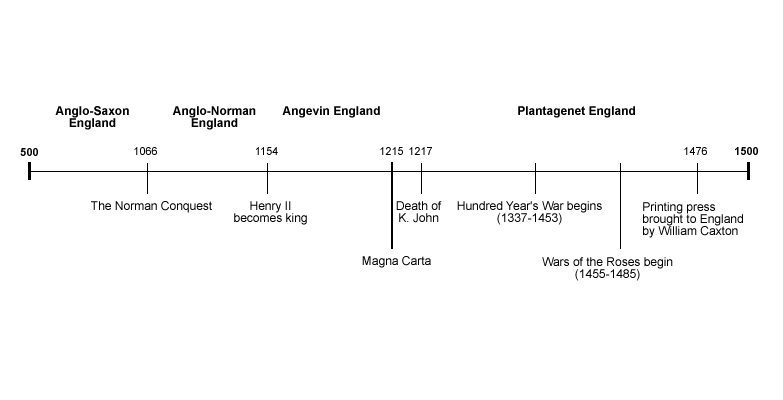

The massive, terraced structures were built in Mesopotamia for ritual purposes, and they are considered to be the typological predecessors of the “real” pyramids. This is partly thanks to the Tower of Babel, a myth that has nonetheless been associated with existing structures (a ziggurat dedicated to the Mesopotamian god Marduk).

When talking about architectural history in chronological order, one usually starts from the ancient ziggurat, as it is one of the most symbolic built structures from our past. Ziggurat of Ur in Iraq, approximately 21st century BC Interestingly, since the old civilizations had a stronger faith in the after-life, preserving the body was another great source of inspiration for architectural design, and therefore, some of the oldest buildings in the world are actually tombs (the Egyptian mastaba and the pyramid, for example). This, too, illustrates the nature of different histories perfectly. Thus, we have the remnants of those that were sacral, dedicated to gods and made for religious purposes, and those that were built for the people (secular). The purpose of buildings that were erected in antiquity and remain preserved today varies.

With that in mind, it comes as little surprise that one of the best kept ancient architectures is the Roman architecture, although it is not the oldest one. The old buildings that we’re able to see and document today are the ones that belonged to the most developed and powerful societies, and those that survived the millennia are there to tell us just how carefully they were watched over. So if Churchill was right about history being written by the victors, history of architecture and art is not exempt from that rule. Graphic History of ArchitectureĪ Global History of Architecture – What We Study Today Human actions were embodied in architecture, and further clarified through the persistent endeavor to protect some of the built heritage, and to decide to let the rest of it fade and decay. Just looking at the buildings made in different places at a different moment in time would help us understand the evolution of architecture and our past without using any words. The parallelism of history of architecture to human history is justified by its strong material presence that serves as the best physical evidence of societal change. Architecture has proven to be many things – comfy, elegant, modern, brutal, indexical, vernacular – and yet, one of its most interesting aspects is its capacity to reflect the spirit of time, in a way that might be even more substantial than how we see it happen with art. The architecture that we’re talking about today is commonly assessed through visual terms and subject to ocular perception, but this urge to design an architectural artefact was fueled by much more than the mere need for aesthetic appeal. The exact origin of architecture could be said to date to the Neolithic period, around 10 000 BC, or simply when people stopped living in caves and started handling the way they want their houses to look and feel like. The history of architecture is about as long as the history of humanity itself, and probably just as complex.


 0 kommentar(er)
0 kommentar(er)
